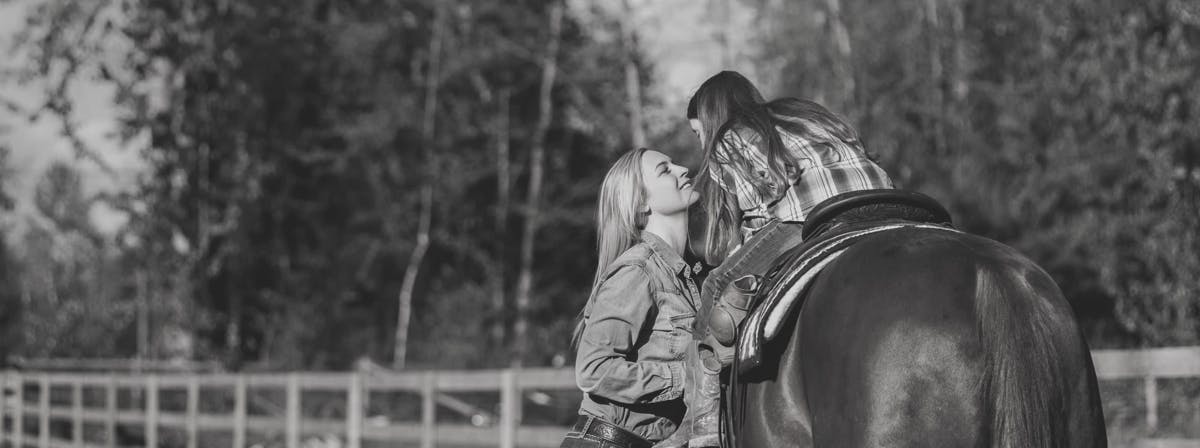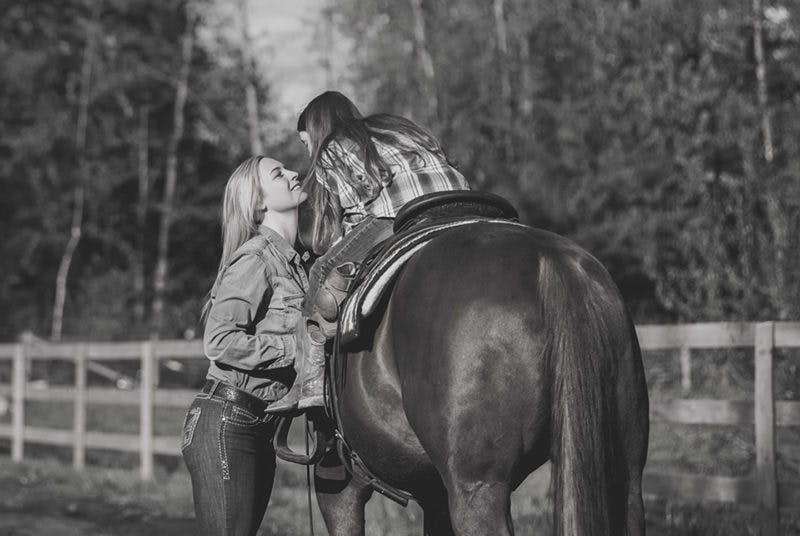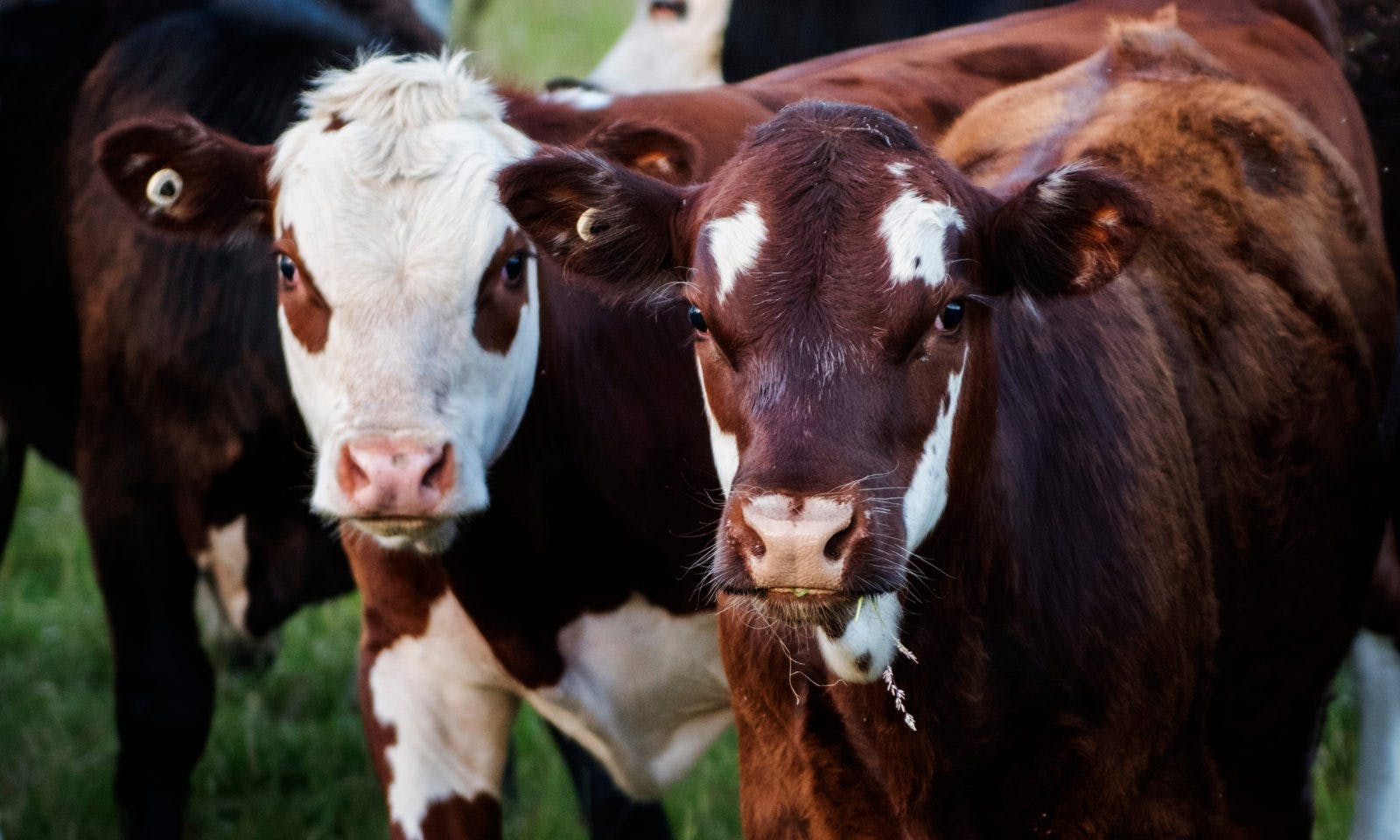Decided it’s time to graze some cattle on your land? There are many considerations to take into account before purchasing a certain breed of cattle. Different breeds suit different spaces, climates and environments so it’s important to have a look around and decide which is best for you and your acreage.
Purpose of cattle
Before anything else take a look at what you want to be using your cattle for. Is it dairy, beef, breeding & selling, as a hobby or another purpose? Depending on which purpose your cattle fit into will determine what breed is best. It’s important to decide this first before moving on.
Environment
Another factor before deciding your breed is the climate and space you live in. If you have a small space cattle breeds on the physically smaller side would be more suited. There are miniature cattle breeds too which could work if you have a smaller acreage. Some cattle are better suited to the heat such as Tropical breeds, while others like the European breeds can withstand the cold better.
Best breeds for dairy
A common breed for dairy is the Holstein cow. These cows produce the most milk, most efficiently. If you are looking for high production of dairy these cows would be a good choice. They enjoy a moderate climate and, like any livestock, should be provided with shelter especially if you live in a warmer area.
The Holstein cow produces large quantities of milk, but other cows can produce a different taste, often regarded as more premium milk. The Jersey Cow produces sweeter milk with a higher butterfat content. This also means it is better for producing cheeses and butter. The Jersey Cow does well in a range of environments and can handle heat better than other breeds.
Ayrshire cows are good for producing high quantities of milk, they have a red and white coat. They are very efficient at producing milk along with grazing. They are known to cope well in a range of environments.
Brown Swiss cattle have a similar milk production to the Ayrshire cows with higher fat content. These hardy cows originated in Switzerland and can cope well with more rugged or scarce environments.
Canadienne is a North American breed with less than 200 females left. Despite their low numbers, they have developed the ability to thrive in practically any environment. Their milk has high fat and high protein content which is great for specialty cheeses.
Shorthorn cattle are a multipurpose breed that could be raised for meat, produce milk, and serve as draft animals. They have a reasonably high milk production rate and a good ability to turn food into milk.
Beef producing cattle
Angus cattle are probably the most well-known name for beef producing cattle. Their quality is sought after and they are known to do well under lower quality grazing conditions.
Hereford is a European breed originating in Europe. They have a good nature and have become good beef and breeding cattle. They are extremely tough and can handle most conditions.
Gelbvieh evolved from the crossing of breeds in 19th Century Bavaria. They are now primarily used for beef but originally were known to be a good draft animal.
Maine-Anjou are a large breed of cattle from France. They were produced in the 1850s after a cross between a local breed and a short horn produced them. They are multipurpose cattle with good milk-producing abilities along with beef.
Limousin cattle come from Southern-France. It has been a long-standing choice for beef. Their breed has always done well in carcass competitions.
Blonde d’Aquitaine are cattle originally from the Southwest of France. The cattle are cream to fawn coloured and are well known for their beef characteristics.
Charolais are another french breed and were one of the first cattle to be imported from Europe. Their original purpose was meat, draft and milk but since then have developed to be good beef cattle. They are tough cattle that can adapt to most environments.
Shorthorn cattle as listed before are good milk-producing cattle but also do well for beef. It is known as a foundation breed that has been crossed to create many other well-known breeds of cattle. They have a good temperament and can do well in most grazing conditions.
Simmental is originally a Swiss cow used for draft, milk and beef. Nowadays they are used for both milk and beef with a high growth rate and milk production.
Less common breeds in Canada
The breeds listed below are in short supply in Canada as there are a small number of breeders. While these breeds are rarer you may find them suitable for your purposes.
Pinzgauer originated from the Alpine region of Austria. They are known to be both beef and milk producers. They first arrived in Canada in the 1970s. They have a calm temperament with chestnut coats and are of medium size.
South Devon cattle were originally produced in Devonshire, England. They first were used primarily as draft cattle but grew to be used for milking and beef. They are large cattle, with a red/yellow coat. They are hardy and have good milk production abilities.
Welsh Black are cattle from the Welsh Mountains, found after the Roman Conquest in 55 B.C. They have long black shaggy fur, known for their gentleness along with being extremely hardy. They are most commonly used for milking.
Belgian Blue cattle are a fast-growing beef-producing cow common in Britain. They are a high-yielding beef breed, with a calm temperament.
Galloway is an old breed of cattle developing in Scotland. They have a thick double hair coat which means they can survive in harsh conditionals. They are known for their good calving and foraging abilities.
Tarentaise is a cattle breed indigenous to the Southern Alps of France. They’ve adapted to the mountains making it hardy and able to survive most conditions. They are medium-sized cattle with reddish tan coats. They are most commonly used as milk producers but can also produce beef.
Looking to buy or sell acreages or equestrian properties in the Fraser Valley? Let’s talk!



